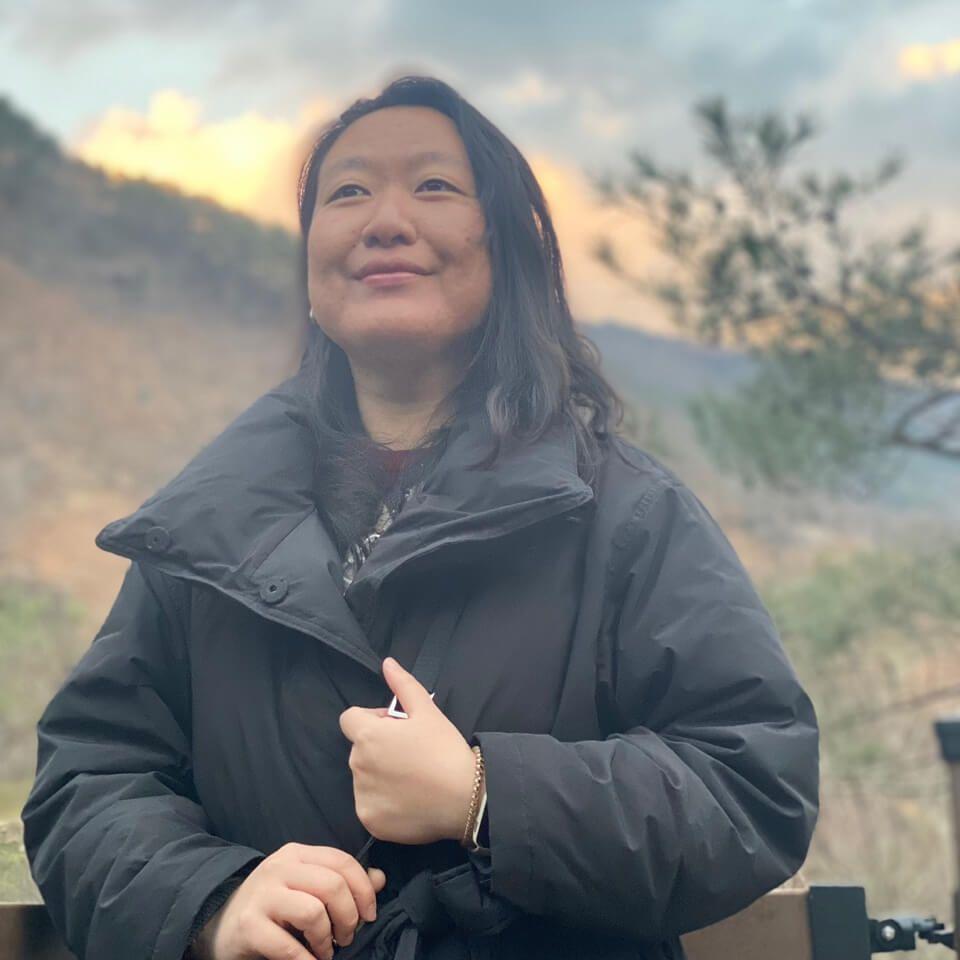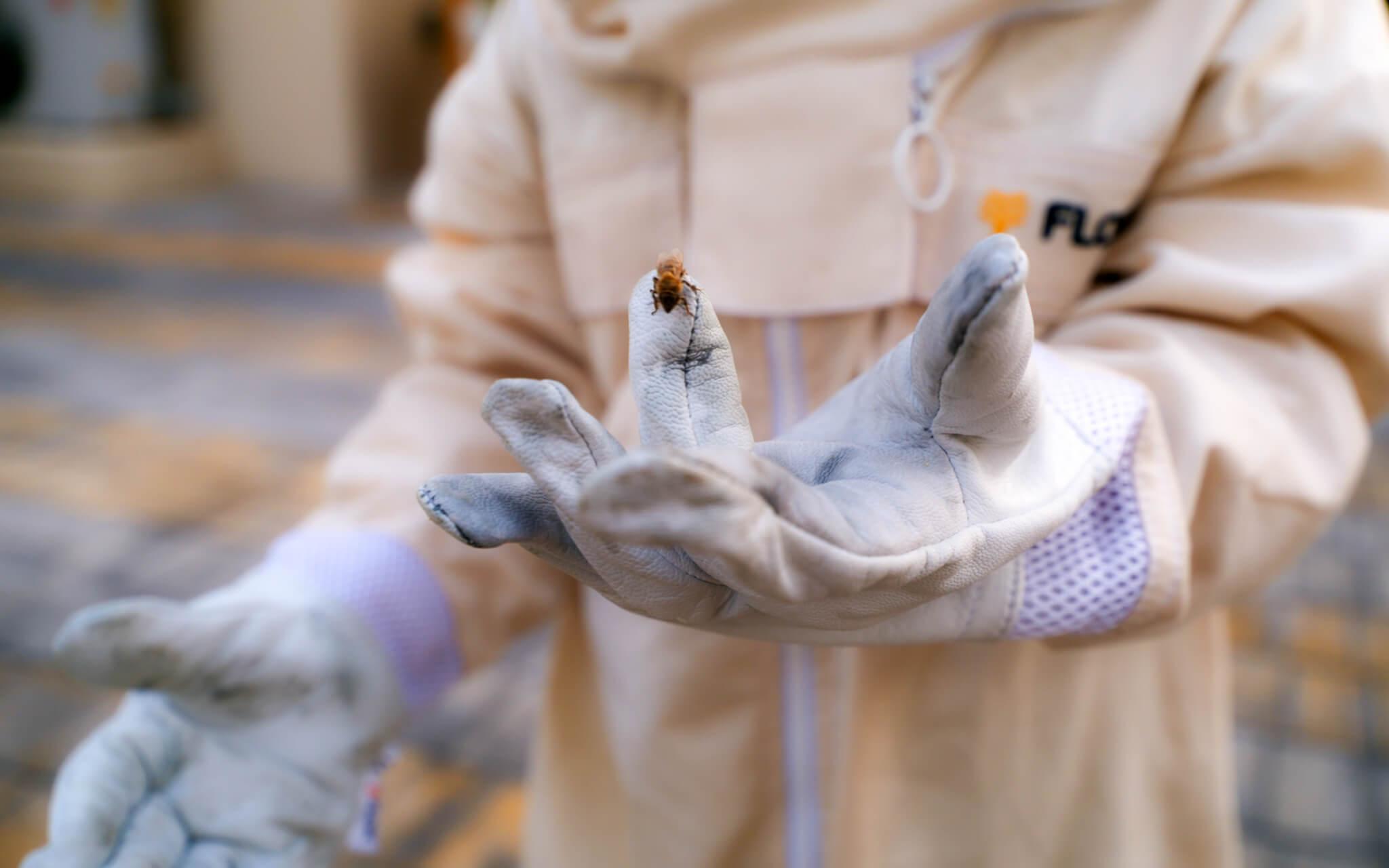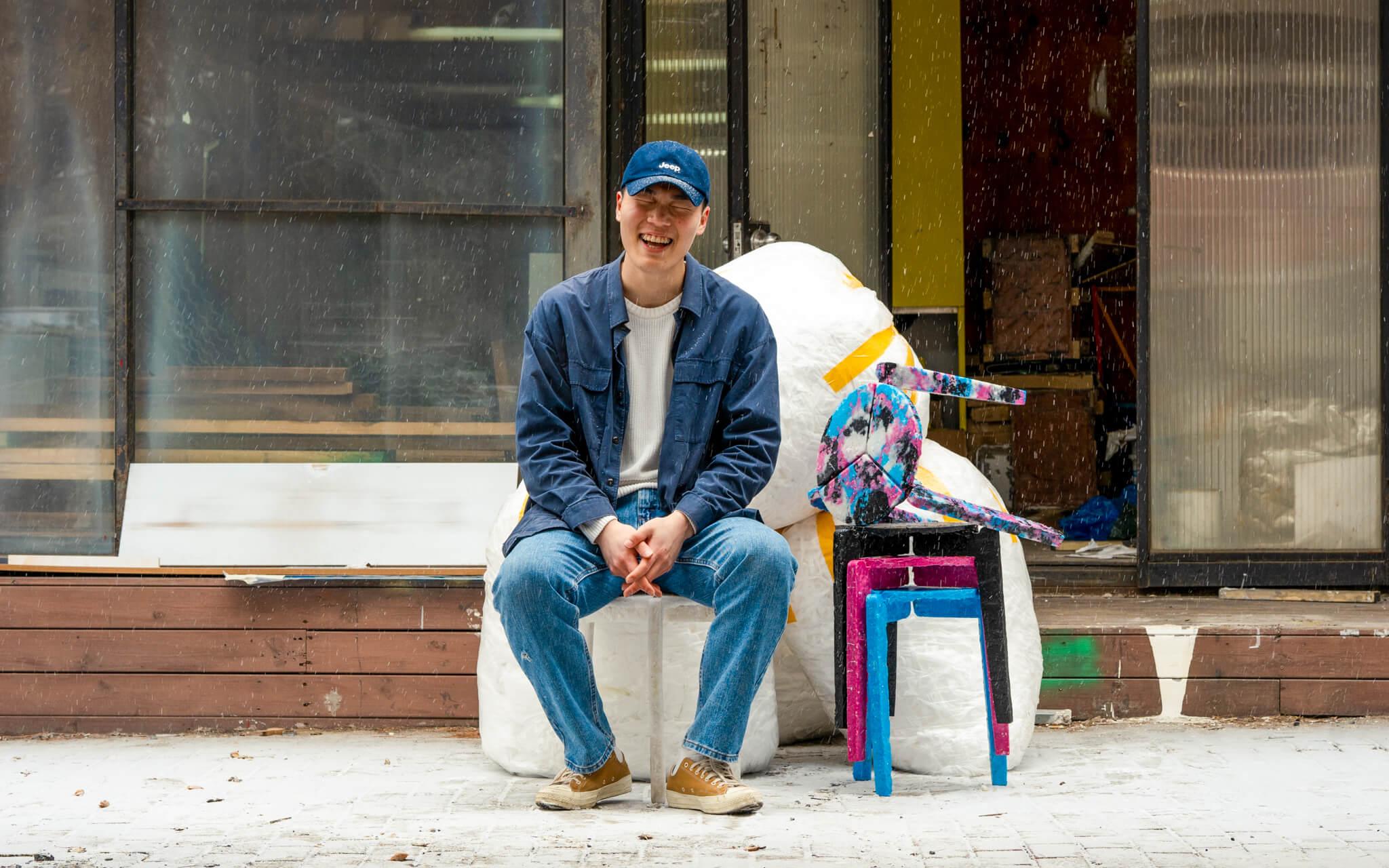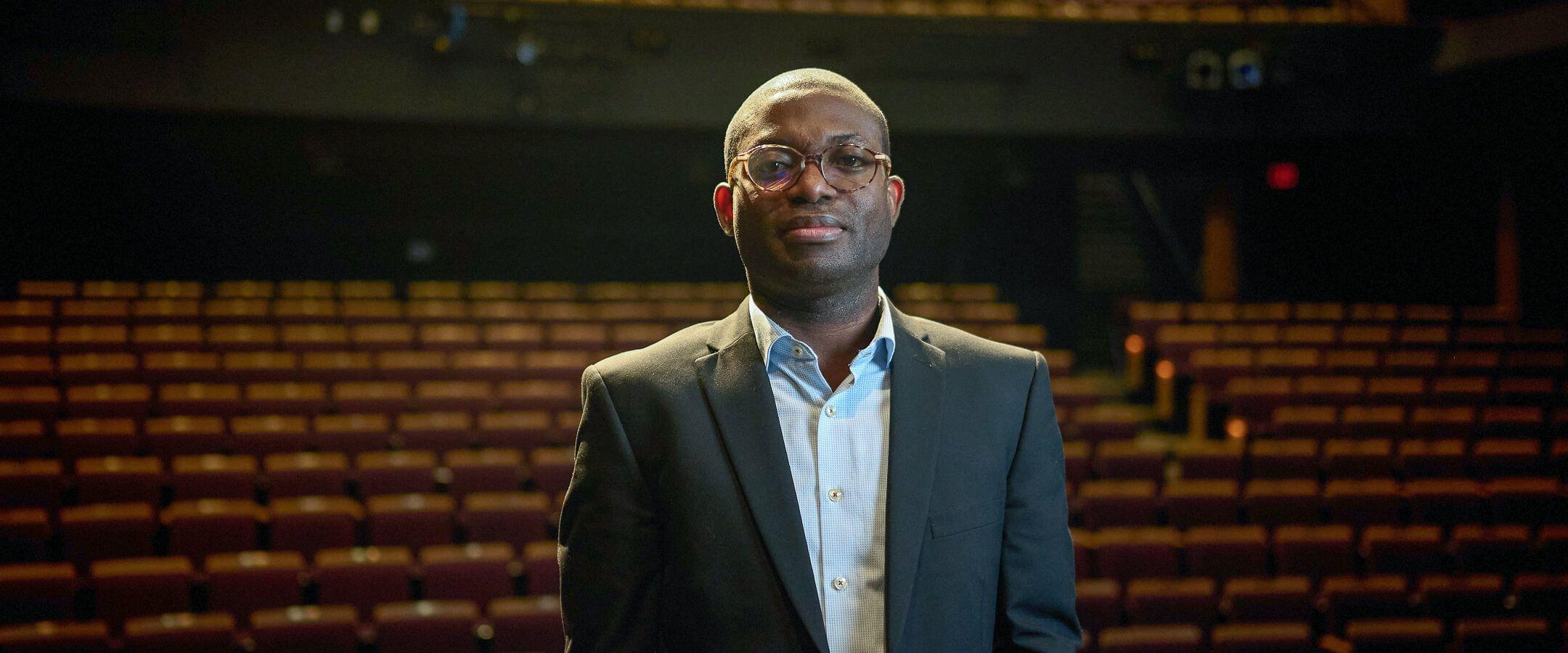Freeing the Sentinels of the Sea
The Whale Sanctuary Project is on a mission to rehabilitate captive whales and spread awareness of these deeply intelligent species.
“Through data, we showed that cetaceans are self-aware. So, what does it mean for these creatures to live in a concrete tank, swimming in circles every day?” Dr Lori Marino asks earnestly. “Once you are open to the implications of your findings, you start seeing different things.”
Since childhood, every animal has been interesting to Dr Marino. “I would see a worm in the garden, and that would become the most fascinating being I had met all day,” she says. “I began to think about how their brains work. Who are they? What is it like to be them?” She later came to believe that the right thing to do is to let wild animals fulfil their lives in the wild – for the animals and the ecosystem.
Dr Marino has devoted over 35 years to researching biopsychology and neuroscience of various animals. After the death of Clint, a chimpanzee she worked with, she was heartbroken and hopeless, believing that animals should not live in captivity.
“When I did the study on Bottlenose Dolphins’ self-recognition in mirrors, I began to think about their personal lives and who they were,” Dr Marino recalls.
For the last 15 years, she’s used her training to advocate for and spearhead the rescue and rehabilitation of once-captive cetaceans. In 2016, she came up with the idea for The Whale Sanctuary Project, which aims to rescue marine mammals in captivity and rehabilitate them in an environment closest to their natural habitat.
“We're not the only ones,” Dr Marino enthuses. “And that’s good! We want cetacean sanctuaries to be abundant so they can replace keeping these animals in little concrete tanks.”
The project comprises 50 experts in veterinary care, marine mammal biology, and conservation law, including Charles Vinick from The Keiko Project, AKA the real Free Willy, and Michael Mountain, the former President of Best Friends Animal Society.
“The Whale Sanctuary Project plays a role in conservation by helping us shift our relationship with dolphins and whales from exploitation to respect,” Dr Marino explains. “It’s also a way of giving back what you took from these animals and admitting that you didn't do right by them.”
“We were all on the steep learning curve; it’s not something that there’s a template for,” Dr Marino shares the challenges that came with the project. Besides funding $15 million in capital costs, finding the right site in the right community was an initial challenge - the care and keeping of the world’s largest mammals isn’t cheap.
“There’s also a lot of pushback from people,” she adds, “but at the same time, there’s tremendous support.”
After two and a half years of undergoing a thorough process of environmental studies, water quality investigation, and contingency plans in case of drastic climate events, Dr Marino and the team found their sanctuary near a small town in Nova Scotia called Sherbrooke.
The residents of Sherbrooke welcomed the project in their area, and many from the community work with the project and have become family. Dr Marino remarks, “It's wonderful. I mean, thinking about how noble it is for everyone to come together from all walks of life to do the right thing - to right the wrong.”
Understanding the vital roles of cetaceans in our ecosystem is key to understanding Dr Marino’s work. “They are top predators, eating at the top of the food chain,” she explains. “They’re real sentinels of ocean health. If there's a pollutant in the ocean, like PCBS, that pollutant can biomagnify up the food chain and cause serious situations like die-offs and strands, which signal something is wrong on all levels of the sea health.”
They have cultural traditions, and they're out there living their lives, just like us, and if we cause their extinction, a whole culture will go out of existence.
Whales circulate and provide rich nutrients by producing faecal plumes; Phytoplankton, one of the world’s most abundant producers of oxygen, rely on these nutrients for reproduction and as a food source. Additionally, whales capture and store more carbon than many plant species, taking in more carbon than they release.
Another aspect of cetaceans that people often overlook is the complex societies of these intensely emotional and intelligent animals. “They have cultural traditions, and they're out there living their lives, just like us,” Dr Marino adds, “and if we cause their extinction, a whole culture will go out of existence.”
Dr Marino asserts that we must let go of our entitlement to novelty captive wildlife experiences and start preserving their natural habitat. In turn, these wild animals can live out their established roles in the ecosystem—creating oxygen, maintaining stable food chains, and contributing to ecological health.
“When I did some field work with wild dolphins off the coast of Georgia, watching them in the free range, I realised that they don't really need or care about us,” she shares. “They could have been wearing a sign saying, ‘I'm a dolphin, and I've got a life. Go get your own!’”
People often think that wild animals need us in some way; however, Dr Marino asserts the opposite. They’ve got their own lives–working through challenges in their own habitats, much the same as we do. For Dr Marino, our job is to keep those habitats clean and leave the animals unbothered.
“You need to see how they are when they’re living the life they want to live,” Dr Marino says, finding comfort as she recalls seeing the bottlenose dolphins going about their day in the blissful ignorance of human curiosity. “You don’t really get to know them until you see them in the wild.”
Most Popular
The Climate Tribe delivers stories about Biodiversity and Conservation, Circular Economy, Food and Water , and how they intersect with climate.
Subscribe
Get the latest stories inspiring climate action around the globe straight to your inbox.






